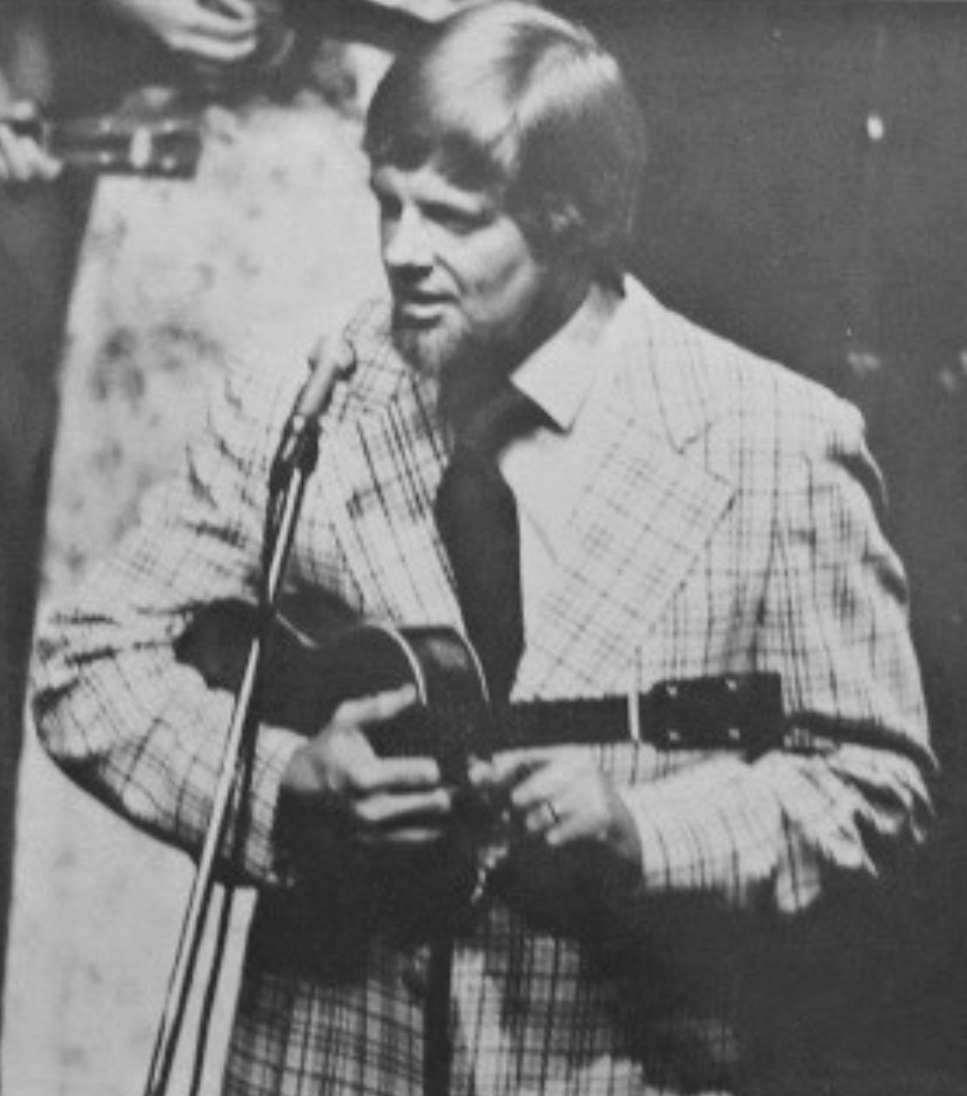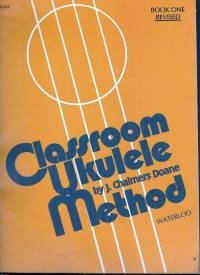Doane, John Chalmers
Videos
3 Questions Interview (2012)
Melanie Doane: Ukulele In The Classroom Informational Video (2013)
Audio Recording
Medley ('A' Ukuleles of Halifax: Ukulele Yes! (1973))
Country Roads ('A' Ukuleles of Halifax: Ukulele Yes! (1973))
Minuet and Variations ('A' Ukuleles of Halifax: Ukulele Yes! (1973))
Ain't she sweet (Ukulele Solos (1976))
ABA-DA-BA (Ukulele Solos (1976))
Train Song (Ukulele Express (1979))
Chopsticks (Halifax Ukuleles and Fiddles (1979))
John Chalmers Doane
1938–Born in Truro, Nova Scotia, Doane started performing music at an early age and graduated from the Nova Scotia Teachers College in 1961 to continue studies at Boston University. In 1967, he became director of Music Education for the Halifax School Board, where he soon started creating numerous ensembles. His most successful contribution was the introduction of the ukulele in every level of music education. Under his direction, the „A“ ukulele orchestra of the Halifax School Board and the Halifax Adult Ukulele Ensemble performed at many places in North America and renewed interest in the Ukulele. In 1971, Doane authored the Guide to Classroom Ukulele and in 1977, the Teacher's Guide to Classroom Ukulele. From 1985 until 1993, Doane was professor of music education at the Nova Scotia Teachers College.
Doane is himself an acclaimed ukulele player. He has composed and arranged a variety of pieces. More importantly, through his teaching method, which he presented at workshops and in lectures, he was able to arouse enthusiasm among music educators for the ukulele as a cheap and versatile school instrument. He received numerous awards for his educational work.
His central statement about the ukulele is:
There is no better instrument as a tool for music education in our schools… the ukulele is inexpensive, flexible (it can play any type of music), pleasant sounding, portable, fun for everyone, excellent as a solo instrument, excellent as a group instrument, wonderful for developing the ear, good for teaching theory and harmony and its lessons are easily transferred to other areas of musical endeavor such as band, orchestra, choir, composition, piano and guitar.1)
For teaching, he defined the uses and techniques of playing the ukulele more comprehensively than ever before. The idea of the ukulele as an instrument for melody (solo playing), harmony (accompaniment) and rhythm (percussion) goes back to Doane. One method developed by Doane was Singing the Strings.
James Hill also openly refers to Doane as a role model and inspiration for his own methodology. In 2008, Doane contributed to the development of Hill's Ukulele in the Classroom program. He received numerous awards for his educational work.
References
- Doane, J. Chalmers: The Teacher's Guide to Classroom Ukulele. Waterloo Music 1977
- Hill, James; Doane, J. Chalmers: Ukulele in the Classroom. Brookfield: Crystal Lake Media Bd. 1–3. 2009–2010
- Wallace, William Woodworth: A History of the Doane Ukulele Method 1961–1989: A performance-based approach to music education. M.A-Arbeit. Victoria: University of Victoria 1989

